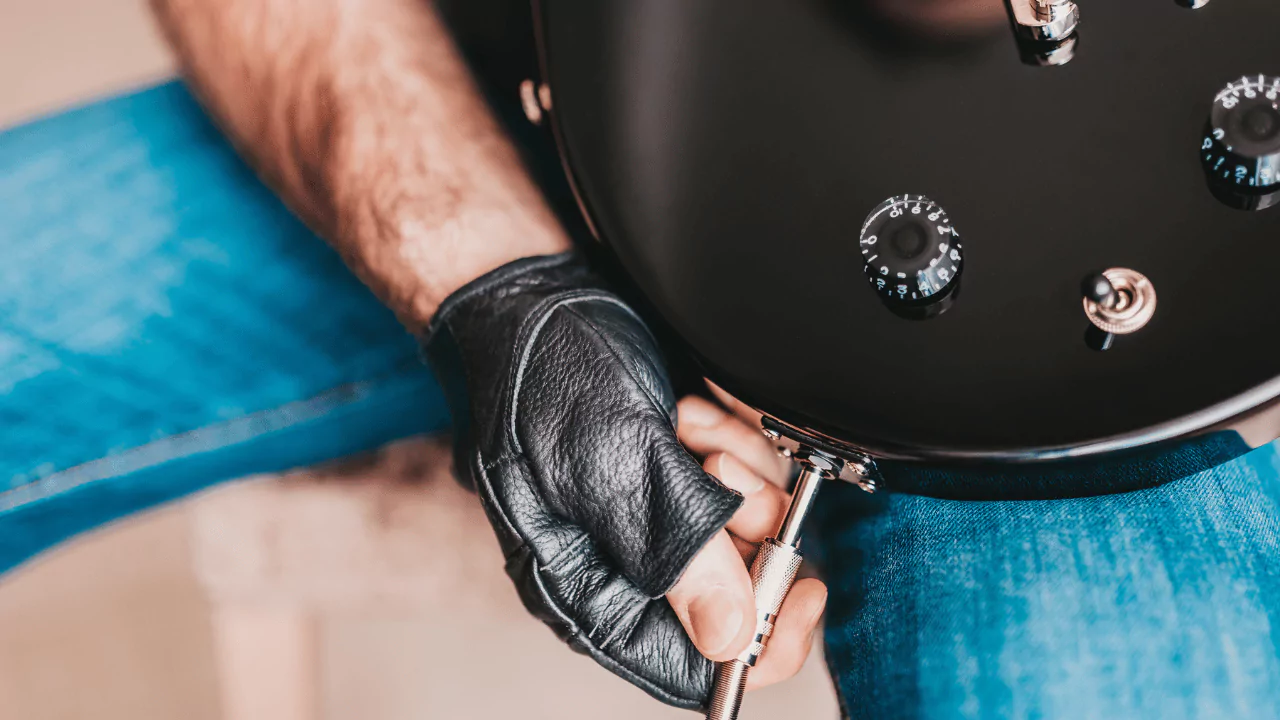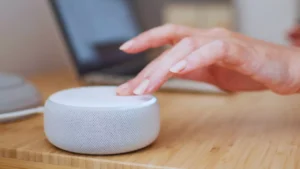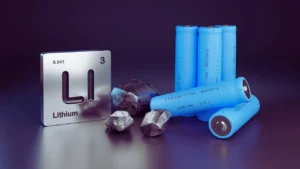While a Bluetooth speaker might not be the ideal way to crank out your electric guitar riffs, it is a possible solution for practicing quietly or jamming on the go. However, electric guitars by themselves lack the necessary amplification and tone shaping to sound good through a standard Bluetooth speaker. This article will explore different methods to connect your electric guitar to a Bluetooth speaker and the gear you’ll need to make it work.
In This Article:
Why Connect Your Electric Guitar to a Bluetooth Speaker?
There are a couple of reasons why you might want to connect your electric guitar to a Bluetooth speaker:
- Simplicity and mobility: Bluetooth eliminates the need for bulky amps and cables, making it a grab-and-go option for practicing anywhere.
- Use as a guitar processor: Some Bluetooth guitar interfaces double as processors, allowing you to add effects like distortion and reverb to your sound.
How to Connect Electric Guitar to Bluetooth Speaker?
There are four main ways to connect your electric guitar to a Bluetooth speaker:
- Using a guitar amp: Most guitar amps have a headphone jack. You can use a cable with a 1/4″ jack on one end (to plug into the amp’s headphone jack) and a 3.5mm jack on the other end (to plug into a Bluetooth transmitter).
- Using a phone simulator amp: Download a guitar simulator app on your phone. These apps often allow you to plug your guitar directly into your phone’s headphone jack and use the phone’s Bluetooth to connect to the speaker.
- Using a Bluetooth transmitter: This is a small device that plugs into your guitar and transmits the signal wirelessly to a Bluetooth receiver connected to your speaker.
- Using another Bluetooth device: Some multi-effects processors or digital audio interfaces have built-in Bluetooth functionality. These can connect directly to your Bluetooth speaker.
What You Need
Here’s a breakdown of the gear you’ll need for each method:
- Guitar – Your trusty electric guitar!
- Speaker or headphones – Any Bluetooth speaker or headphones will work.
- Interface – The type of interface depends on the method you choose:
- Guitar amp with headphone jack: Cable with 1/4″ jack on one end and 3.5mm jack on the other end.
- Phone simulator app: Guitar cable compatible with your phone’s headphone jack (may require an adapter depending on your phone model).
- Bluetooth transmitter: A Bluetooth guitar transmitter specifically designed for this purpose.
- Bluetooth multi-effects processor or digital audio interface: A multi-effects processor or digital audio interface with built-in Bluetooth functionality.
Steps to Connect and Play
The specific steps will vary depending on the method you choose, but here’s a general guideline:
- Plug in the Bluetooth transmitter: Connect the transmitter to your guitar using the appropriate cable (depending on the chosen method).
- Turn on the speaker and transmitter: Power on your Bluetooth speaker and the transmitter.
- Pair the devices: Put your Bluetooth speaker into pairing mode and connect it to the transmitter following the instructions for your specific devices.
- Adjust settings: Depending on your chosen method, you might need to adjust settings on the guitar amp, phone app, or Bluetooth transmitter.
- Play your guitar through the speaker: Once everything is connected and set up, grab your guitar and start playing! You might need to adjust the volume on both the speaker and the transmitter (or phone app) to achieve a comfortable level.
Important Note
While connecting your electric guitar to a Bluetooth speaker can be a convenient solution for practicing quietly or jamming on the go, it’s important to remember that Bluetooth speakers are not designed for guitars. They may not accurately reproduce the full tonal range of your guitar, and the sound quality might be lacking compared to a dedicated guitar amp. Additionally, Bluetooth technology can introduce latency (delay) in the signal, which can be frustrating for guitar playing.
For a more traditional and optimal electric guitar experience, consider investing in a dedicated guitar amp. However, if portability and quiet practice are your priorities, connecting your electric guitar to a Bluetooth speaker using one of the methods described above can be a workable solution.





